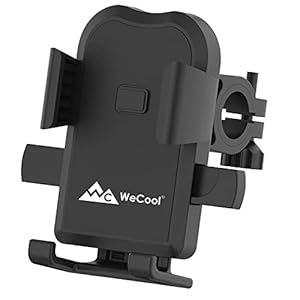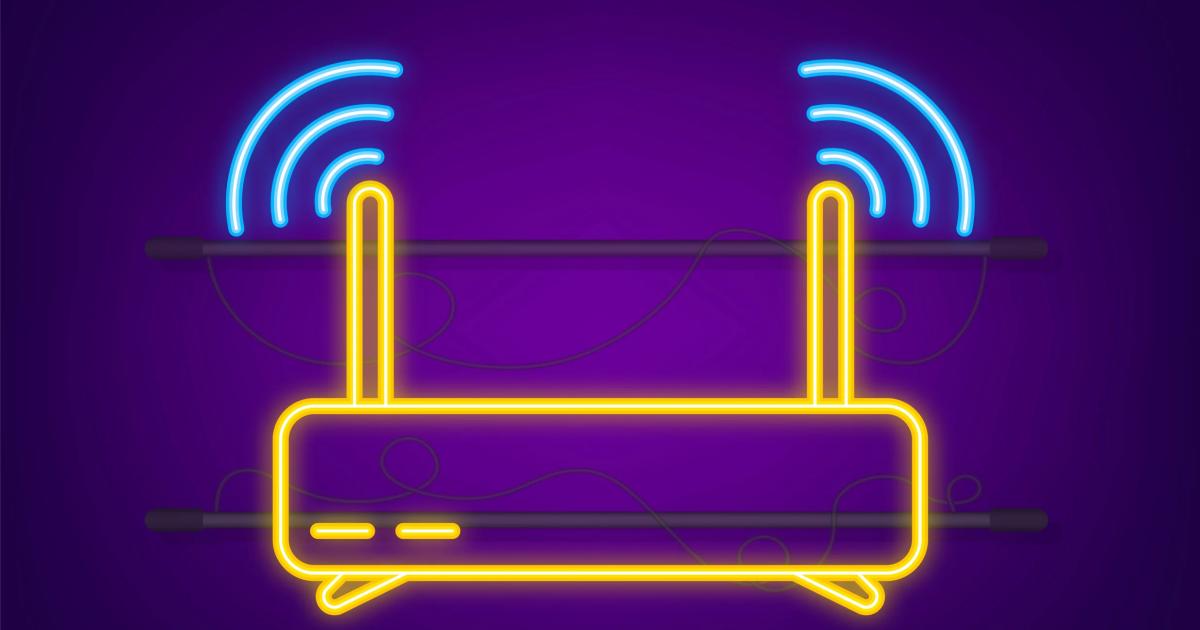
The fashionable world of shopper tech would not exist as we all know it if not for the near-ubiquitous connectivity that Wi-Fi web gives. It serves because the wi-fi hyperlink bridging our cell gadgets and sensible house home equipment, enabling our streaming leisure and connecting us to the worldwide web.
In his new e book, Beyond Everywhere: How Wi-Fi Became the World’s Most Beloved Technology, Greg Ennis, who co-authored the proposal that grew to become the technical foundation for WiFi expertise earlier than founding the Wi-Fi Alliance and serving as its VP of Know-how for 1 / 4 century, guides readers on the fascinating (and generally irritating) genesis of this now on a regular basis expertise. Within the excerpt under, Ennis recounts the harrowing remaining days of pitching and displays earlier than in the end convincing the IEEE 802.11 Wi-fi LAN requirements committee to undertake their candidate protocol in addition to look at the surface affect that Bob Metcalf — inventor of each Ethernet, the usual, and 3Com, the tech firm — had on Wi-Fi’s eventual emergence.

Submit Hill Press
Excerpted from Beyond Everywhere: How Wi-Fi Became the World’s Most Beloved Technology (c) 2023 by Greg Ennis. Printed by Submit Hill Press. Used with permission.
With our DFWMAC basis now chosen, the work for the IEEE committee calmed down right into a deliberate course of for approving the precise textual content language for the usual. There have been nonetheless some huge gaps that wanted to be crammed in—most necessary being an encryption scheme—however the committee settled right into a routine of growing draft variations of the MAC sections of the final word customary doc. On the January 1994 assembly in San Jose, I used to be chosen to be Technical Editor of your complete (MAC+PHY) customary together with Bob O’Hara, and the 2 of us would proceed to function editors by way of the primary publication of the ultimate customary in 1997.
The primary draft of the MAC sections was principally our DFWMAC specification reformatted into the IEEE template. The event of the textual content was a well-established course of inside IEEE requirements committees: as Bob and I might full a draft, the members of the committee would submit feedback, and on the subsequent assembly, there can be debates and choices on enhancements to the textual content. There have been adjustments made to the packet codecs, and detailed algorithmic language was developed for the operations of the protocol, however by and enormous, the conceptual framework of DFWMAC was left intact. In actual fact, almost thirty years after DFWMAC was first proposed, its core concepts proceed to kind the muse for Wi-Fi.
Whereas this text-finalization course of was occurring, the expertise refused to face nonetheless. Advances in each radio communications principle and circuit design meant that larger speeds could be attainable past the 2-megabit most within the draft customary. Many corporations throughout the business had been beginning to have a look at larger speeds even earlier than the unique customary was lastly formally adopted in 1997. Attaining a pace larger than 10 megabits — comparable to straightforward Ethernet — had turn out to be the wi-fi LAN business’s Holy Grail. The problem was to do that whereas staying throughout the FCC’s necessities — one thing that may require each science and artwork.
Sooner is all the time higher, after all, however what was driving the push for 10 megabits? What wi-fi functions had been actually going to require 10-megabit speeds? The dominant functions for wi-fi LANs within the Nineties had been the so-called “verticals” — for instance, Image’s installations that concerned handheld barcode scanners for stock administration. Such specialised wi-fi networks had been put in by vertically built-in system suppliers providing a whole service bundle, together with {hardware}, software program, functions, coaching, and help, therefore the “vertical” nomenclature. Whereas 10-megabit speeds can be good for these vertical functions, it in all probability wasn’t essential, and if the associated fee had been to go up, such speeds wouldn’t be justifiable. So as a substitute, it could be the so-called “horizontal” market — wi-fi connectivity for common objective computer systems — that drove this want for pace. Particularly, the predominantly Ethernet-based workplace automation market, with PCs related to shared printers and file servers, was seen as requiring quicker speeds than the IEEE customary’s 2 megabits.
Bob Metcalfe is legendary within the laptop business for 3 issues: Ethernet, Metcalfe’s Legislation, and 3Com. He co-invented Ethernet; that’s easy sufficient and can be grounds for his fame all by itself. Metcalfe’s Legislation— which, after all, just isn’t really a regulation of physics however nonetheless appears to have actual explanatory energy— states that the worth of a communication expertise is proportional to the sq. of the variety of related gadgets. This intuitively believable “regulation” explains the viral snowball impact that may outcome from the rising reputation of a community expertise. However it could be Metcalfe’s 3Com that enters into our Wi-Fi story at this second.
Metcalfe invented Ethernet whereas working at PARC, the Xerox Palo Alto Analysis Heart. PARC performed a key function in growing lots of an important applied sciences of as we speak, together with window-based graphic laptop interfaces and laser printing, along with Ethernet. However Xerox is legendary for “Fumbling the Future,” additionally the title of a 1999 e book documenting how “Xerox invented, then ignored, the primary private laptop,” for the reason that improvements developed at PARC usually ended up being commercialized not by Xerox however by Apple and others. Not surprisingly, Metcalfe determined he wanted a unique firm to take his Ethernet invention to the market, and in 1979, he fashioned 3Com with some companions.
This was the identical yr I joined Sytek, which had been based simply a few months prior. Like 3Com, Sytek centered on LAN merchandise, though based mostly on broadband cable tv expertise in distinction to 3Com’s Ethernet. However whereas Sytek focused on {hardware}, 3Com determined to additionally develop their very own software program supporting new LAN-based workplace functions for shared PC entry to information information and printers. With these software program merchandise together with their Ethernet expertise, 3Com grew to become a dominant participant within the booming workplace automation market through the nineties that adopted the introduction of non-public computer systems. Bob Metcalfe was famously skeptical about wi-fi LANs. Within the August 16, 1993, problem of InfoWorld, he wrote up his opinion in a chunk entitled “Wi-fi computing will flop — completely”:
This isn’t to say there received’t be any wi-fi computing. Wi-fi cell computer systems will finally be as widespread as as we speak’s pipeless cell loos. Porta-potties are discovered on planes and boats, on development websites, at rock live shows, and different locations the place it is rather inconvenient to run pipes. However loos are nonetheless predominantly plumbed. For roughly the identical causes, computer systems will keep wired.
Was his comparability of wi-fi to porta-potties simply bitter grapes? In spite of everything, that is coming from the inventor of Ethernet, the very archetype of a wired community. In any occasion, we had been lucky that Metcalfe was not concerned with 3Com administration in 1996 — as a result of 3Com now enters our story as a serious catalyst for the event of Wi-Fi.
3Com’s technique for wi-fi LANs was naturally a topic of nice curiosity, as no matter route they determined to take was going to be a major issue out there. Because the premier Ethernet firm with a buyer base that was accustomed to 10-megabit speeds, it was clear that they wouldn’t take any steps until the wi-fi speeds elevated past the two megabits of the draft IEEE customary. However would possibly they resolve to remain out of wi-fi utterly, like Bob Metcalfe counselled, to give attention to their sturdy market place with wired Ethernet? And in the event that they did resolve to affix the wi-fi world, would they develop their very own expertise to perform this? Or would they associate with an present wi-fi developer? The duty of navigating 3Com by way of this twisted path would fall to a disarmingly boyish enterprise growth whiz named Jeff Abramowitz, who approached me one afternoon fairly unexpectedly.
Jeff tapped me on the shoulder at an IEEE assembly. “Hey, Greg, can I speak with you for a sec?” he whispered, and we each snuck quietly out of the assembly room. “Simply questioning if in case you have any time out there to tackle a brand new mission.” He didn’t even give me an opportunity to reply earlier than persevering with with a smile: “10 megabits. Wi-fi Ethernet.” The thought of working with the foremost Ethernet firm on a high-speed model of 802.11 clearly enticed me, and I rapidly mentioned, “Let’s get collectively subsequent week.”
He advised me that that they had already made some progress in the direction of an internally developed implementation, however that in his opinion, it was extra promising for them to associate with one of many main energetic gamers. 3Com needed to acquire a whole system of wi-fi LAN merchandise that they might supply to their buyer base, comprising entry factors and plug-in adapters (“consumer gadgets”) for each laptops and desktops. There would must be a Request for Proposal developed, which might, after all, embrace each technical and enterprise necessities, and Jeff seemed to me to assist formulate the technical necessities. The potential companions included Image, Lucent, Aironet, InTalk, and Harris Semiconductor, amongst others, and our first job was to develop this RFP to ship out to those corporations.
Image ought to want no introduction, having been my consumer and having performed a serious function within the growth of the DFWMAC protocol that was chosen as the muse for the 802.11 customary. Lucent might sound like a brand new participant, however in truth, that is merely our NCR Dutch colleagues from Utrecht — together with Wim, Cees, Vic, and Bruce — below a brand new company title, NCR having been first purchased by AT&T after which spun off into Lucent. Aironet is equally an outdated buddy below a brand new title — again in the beginning of our story, we noticed that the very first wi-fi LAN product accredited by the FCC was from a Canadian firm known as Telesystems, which finally was merged into Telxon, with Aironet then being the results of a 1994 spinoff specializing in the wi-fi LAN enterprise. And in one other signal of the small-world nature of the wi-fi LAN business right now, my DFWMAC co-author, Phil Belanger, had moved from Xircom to Aironet in early 1996.
The 2 corporations right here who’re really new to our story are InTalk and Harris. InTalk was a small startup based in 1996 in Cambridge, England (after which subsequently acquired by Nokia), whose engineers had been vital contributors to the event of the ultimate textual content throughout the 802.11 customary. Harris Company was a serious protection contractor headquartered in Melbourne, Florida, who leveraged their radio system design expertise into an early wi-fi LAN chip growth mission. Since they had been centered on being a chip provider slightly than an tools producer, we didn’t anticipate them to submit their very own proposal, however it was possible that different responders would incorporate their chips, so we definitely seen them as an necessary participant.
Over the primary couple of months in 1997, Jeff and I labored up a Request for Proposal for 3Com to ship out, together with a 3Com engineer named David Fisher, and by March we had been capable of present the ultimate model to numerous candidate companions. Given 3Com’s place within the common LAN market, the extent of curiosity was excessive, and we certainly bought a great set of proposals again from the businesses we anticipated, together with Image, Lucent, InTalk, and Aironet. These corporations, together with Harris, rapidly grew to become our focus, and we started a means of intense engagement with all of them over the following a number of months, constructing relationships within the course of {that a} yr later would in the end result in the formation of the Wi-Fi Alliance.
Bob Metcalfe’s wi-fi skepticism had been soundly rejected by the very firm he based, with 3Com as a substitute adopting the mantle of wi-fi evangelism. And Wi-fi Ethernet, quickly to be christened Wi-Fi, was destined to outshine its wired LAN ancestor.
All merchandise advisable by Engadget are chosen by our editorial workforce, unbiased of our mother or father firm. A few of our tales embrace affiliate hyperlinks. When you purchase one thing by way of one in all these hyperlinks, we might earn an affiliate fee. All costs are appropriate on the time of publishing.
Trending Merchandise



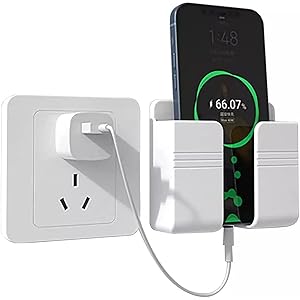
![CRATIX 360°Rotatable and Retractable Car Phone Holder, Rearview Mirror Phone Holder [Upgraded] Universal Phone Mount for Car Adjustable Rear View Mirror Car Mount for All Smartphones](https://m.media-amazon.com/images/I/410N7NZtIjL._SS300_.jpg)
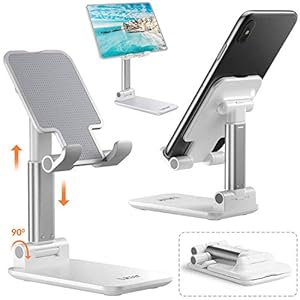
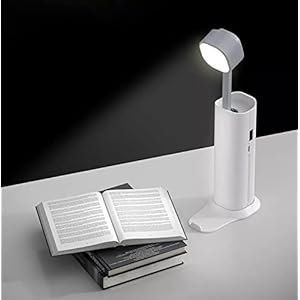


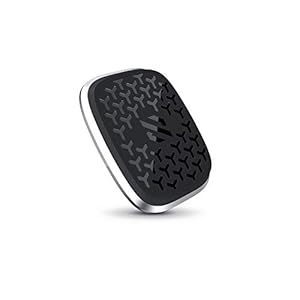
![Car Phone Holder Mount, [Military-Grade Suction & Super Sturdy Base] Universal Phone Mount for Car Dashboard Windshield Air Vent Hands Free Car Phone Mount for iPhone Android All Smartphones](https://m.media-amazon.com/images/I/51KK2oa9LDL._SS300_.jpg)
